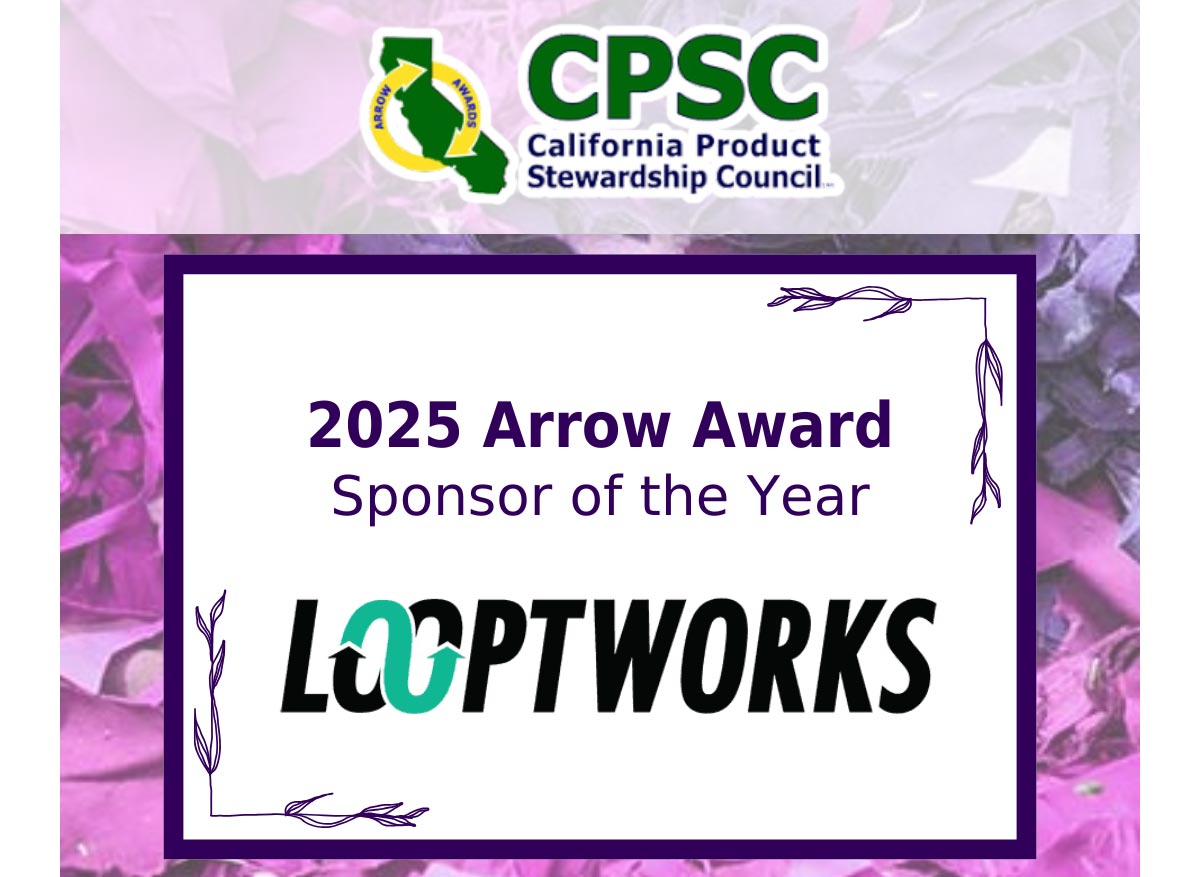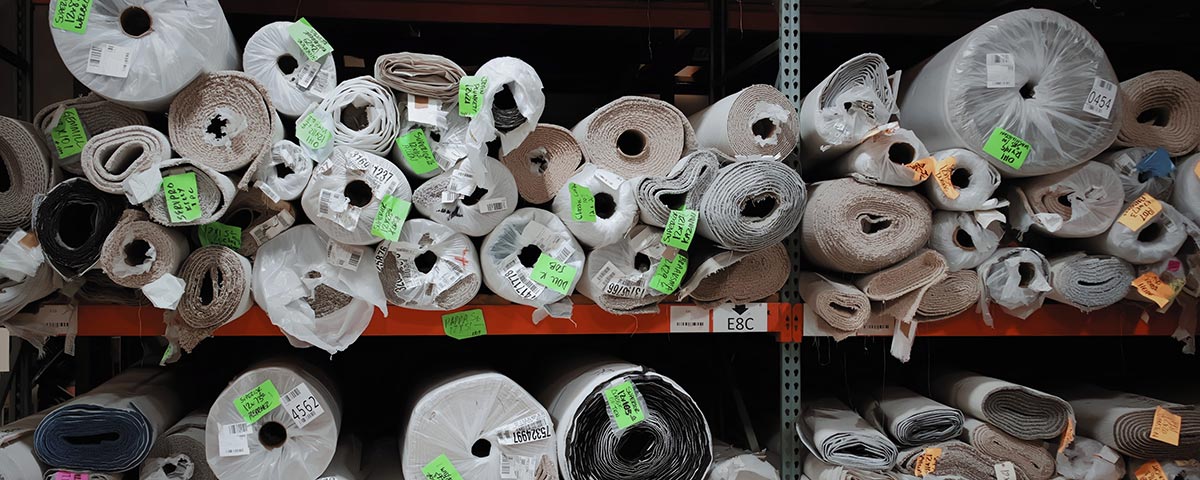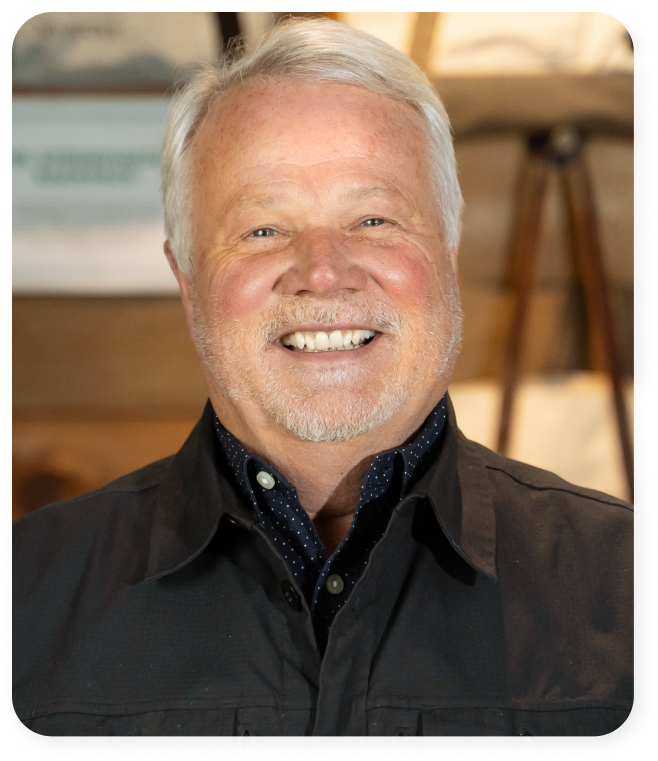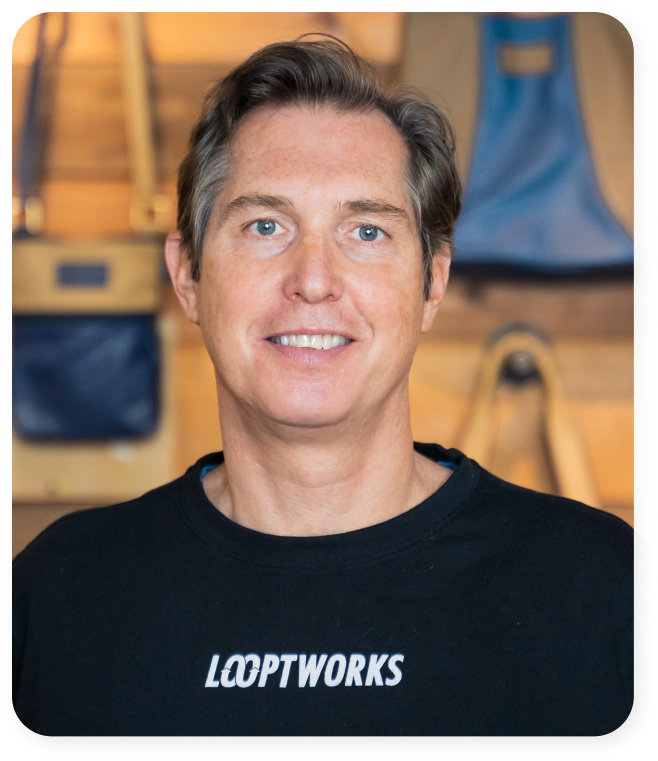

Here’s How Retailers and Manufacturers Can Join the Circular Economy
Is excess inventory piling up? It certainly doesn’t have to go to waste. Looptworks specializes in transforming unsold and overstocked textiles into innovative new fibers, effectively closing the loop in production and unlocking significant value in the process. By participating in this circular economy initiative, retailers and manufacturers can not only reduce waste but also contribute to a more sustainable future for the fashion industry.
For retailers and manufacturers, excess inventory is more than just a logistics problem—it’s a liability. Overstocked goods tie up capital, occupy space, and, if left unmanaged, often end up in landfills or incinerators. This results in environmental damage, lost value, and increased pressure from consumers and regulators demanding better outcomes. Traditional offloading solutions—discounting, jobbers, or export—don’t cut it anymore.
The question isn’t just how to get rid of it. It’s about doing it responsibly, transparently, and with long-term brand value in mind.
Looptworks offers a better path forward: turning your excess inventory into raw material for future products. As a textile-to-textile recycler, Looptworks is building the infrastructure and systems to:
Reduce Waste Costs
Avoid the high financial and environmental cost of landfilling or incineration.
Meet Sustainability Goals
Turn unsold inventory into an opportunity to advance ESG commitments and circularity targets.
Protect Brand Integrity
Ensure excess inventory doesn’t flood off-price or gray markets where it could harm your pricing and reputation.
Close the Loop
Use recovered fiber in future collections or product lines—showing your customers you walk the talk.
At Looptworks, we know that circularity only works if it’s applied in real business. That’s why we’ve made our fiber-to-fiber recycling services practical, scalable, and easy to integrate. Whether you’re holding last season’s unsold inventory or unused fabric rolls from production overages, we’ll help you turn that material into a resource, not a write-off.
Join us in creating a closed-loop system where no textile is wasted. Learn more about our recycling solutions and how to partner with us.

Denine has over 20 years of experience driving new business opportunities for leading companies, including E.I. DuPont de Nemours & Company, Inc., The Dow Chemical Company, Outlast Technologies, and DST Systems. She holds a BS from the University of Pittsburgh and a Certification in Executive Management from the Kenan-Flagler School of Business at the University of North Carolina at Chapel Hill.

Tami is a senior accounting leader with over 16 years of experience in the manufacturing and textile industry. Her specialties include process development and implementation, mergers and acquisitions, job and project costing and analysis, and managing complex teams and technical projects. Tami has served as Chief Financial Officer and Controller for a variety of innovative companies, where her analytical skills and strategic mindset helped organizations create efficiencies in their financial systems.

Kelley is a passionate and strategically minded business development leader with more than two decades of experience in the sporting goods apparel industry. He has experience in product construction, league partnerships, retail relationships, supply chain management, sustainability, circularity, and carbon footprint management. Kelley builds successful partnerships by putting the customer first while simultaneously advancing his organization’s business objectives.

Suzy is a product leader and operations expert with more than 25 years of experience in the textile industry. She is passionate about finding creative solutions to complex problems and motivating people to action through vision, strategy, collaboration, and communication. Suzy has proven expertise in product development, sustainability, marketing, supply chains, and innovating processes and best practices to drive results.

Scott is a visionary leader with more than 32 years of experience in strategic branding, innovative product creation, supply chain sustainability, and sales and marketing for global organizations. He founded Looptworks in 2009 as an industry solution for turning excess materials into upcycled consumer products. In 2022, Scott transitioned the company to a B2B business model focused on eliminating global textile waste through closed-loop solutions.

Scott is a visionary leader with more than 32 years of experience in strategic branding, innovative product creation, supply chain sustainability, and sales and marketing for global organizations. He founded Looptworks in 2009 as an industry solution for turning excess materials into upcycled consumer products. In 2022, Scott transitioned the company to a B2B business model focused on eliminating global textile waste through closed-loop solutions.